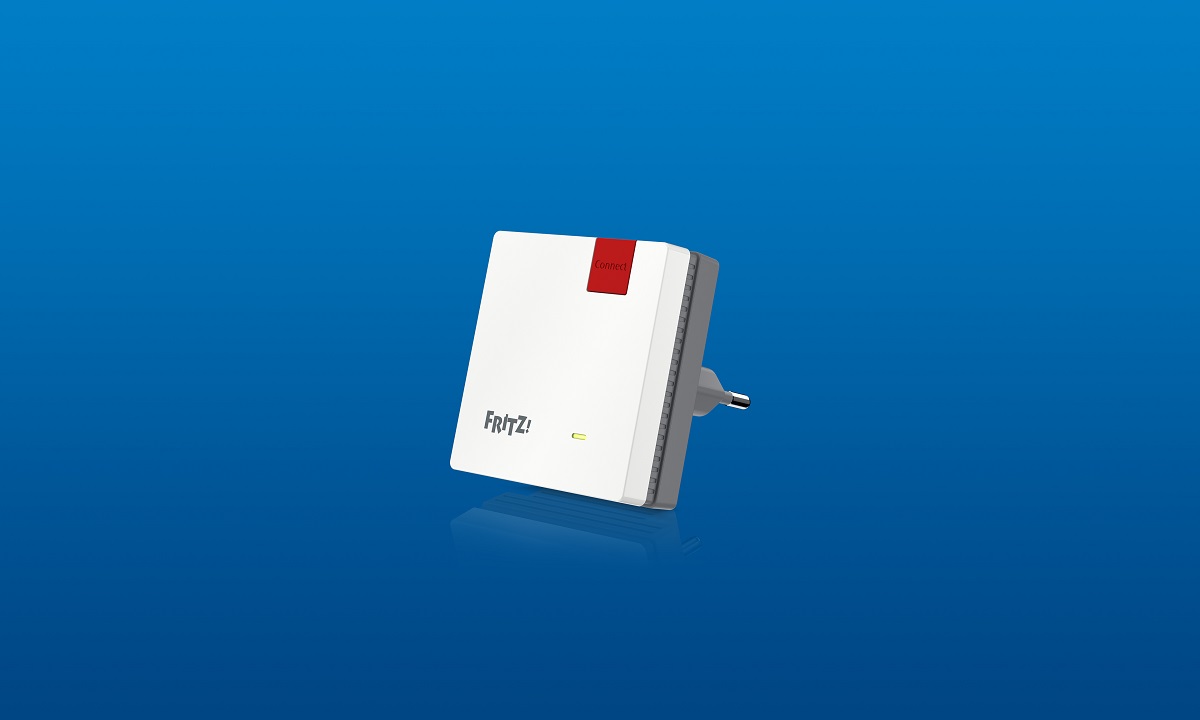MAVLink is a very lightweight messaging protocol for communicating with drones (and between onboard drone components).
MAVLink follows a modern hybrid publish-subscribe and point-to-point design pattern: Data streams are sent / published as topics while configuration sub-protocols such as the mission protocol or parameter protocol are point-to-point with retransmission.
Messages are defined within XML files. Each XML file defines the message set supported by a particular MAVLink system, also referred to as a 'dialect'. The reference message set that is implemented by most ground control stations and autopilots is defined in common.xml (most dialects build on top of this definition).
The MAVLink toolchain uses the XML message definitions to generate MAVLink libraries for each of the supported programming languages. Drones, ground control stations, and other MAVLink systems use the generated libraries to communicate. These are typically MIT-licensed, and can therefore be used without limits in any closed-source application without publishing the source code of the closed-source application.
- Windows10+Ubuntu 18.04.2+ROS 安装笔记(SSD单硬盘)下@TOC(Windows10+Ubuntu 18.04.2+ROS 安装笔记(SSD单硬盘)下)一、前言二、化繁为简代码片 一、前言 最近需要学习ROS和python,于是便需要装Linux系统,于是选则了主流的 Ubuntu 18.04系统,同时与ROS 也是兼容性最好的系统.
- Windows just doesn’t have the same level of polish as macOS, the new name Apple has given to the operating system formerly known as OS X.


Rqtaction provides a feature to introspect all available ROS action types. By utilizing rqtmsg, the output format is unified with it and rqtsrv. Note that the actions shown on this plugin is the ones that are stored on your machine, not on the ROS core your rqt instance connects to.
The C reference implementation is a header-only library that is highly optimized for resource-constrained systems with limited RAM and flash memory. It is field-proven and deployed in many products where it serves as interoperability interface between components of different manufacturers.
MAVLink was first released early 2009 by Lorenz Meier and has now a significant number of contributors.
Ros Macos Linux
Key Features
- Very efficient. MAVLink 1 has just 8 bytes overhead per packet, including start sign and packet drop detection. MAVLink 2 has just 14 bytes of overhead (but is a much more secure and extensible protocol). Because MAVLink doesn't require any additional framing it is very well suited for applications with very limited communication bandwidth.
- Very reliable. MAVLink has been used since 2009 to communicate between many different vehicles, ground stations (and other nodes) over varied and challenging communication channels (high latency/noise). It provides methods for detecting packet drops, corruption, and for packet authentication.
- Many different programming languages can be used, running on numerous microcontrollers/operating systems (including ARM7, ATMega, dsPic, STM32 and Windows, Linux, MacOS, Android and iOS).
- Allows up to 255 concurrent systems on the network (vehicles, ground stations, etc.)
- Enables both offboard and onboard communications (e.g. between a GCS and drone, and between drone autopilot and MAVLink enabled drone camera).

Language/Generator List
The MAVLink project includes the mavgen and mavgenerate tools that can be used to create MAVLink libraries for a number of programming languages. The organisation also includes rust-mavlink for generating Rust MAVLink libraries. Additional generators are delivered by a number of other (independent) projects.
The MAVLink project has not validated and does not provide technical support for generators other than mavgen, mavgenerate, and rust-mavlink.
The table below shows the available languages/generators, along with their support for MAVLink v1, MAVLink 2 and Message Signing.
| Language | Generator | MAVLink v1 | MAVLink v2 | Signing | Notes |
|---|---|---|---|---|---|
| C | mavgen | ✓ | ✓ | ✓ | This is the MAVLink project reference implementation. Generated libraries are also published for both protocol versions. |
| C++11 | mavgen | ✓ | ✓ | ✓ | |
| Python (2.7+, 3.3+) | mavgen | ✓ | ✓ | ✓ | Python bindings. Library also available on PyPi: pymavlink. |
| C# | mavgen | ✓ | |||
| Objective C | mavgen | ✓ | |||
| Java | mavgen | ✓ | |||
| Java | dronefleet/mavlink | ✓ | ✓ | ✓ | Idiomatic Java SDK/API for MAVLink. Provides a gradle plugin for the code generator. |
| JavaScript (Stable) | mavgen | ✓ | ✓ | ✗ | Old mavgen JavaScript binding (has known bugs and no test suite). |
| JavaScript (NextGen) | mavgen | ✓ | ✓ | ✓ | New mavgen JavaScript library. Full test suite, resulting library produces binary compatible output compared to C bindings. Slightly incompatible with previous version, but not hard to migrate. |
| TypeScript/JavaScript | mavgen | ✓ | ✓ | ✗ | TypeScript classes which can be used with node-mavlink. |
| Lua | mavgen | ✓ | ✓ | ✗ | Lua library. Does not support zero trimming of MAVLink 2 messages. |
| WLua (Wireshark Lua bindings) | mavgen | ✓ | ✓ | NA | Allow MAVLink-aware packet inspection in Wireshark. Generated lua scripts should be copied to the Wireshark plugin directory (e.g. wireshark/plugins/mavlink.lua). |
| Swift | mavgen | ✓ | |||
| Clojure | clj-mavlink | ✓ | ✓ | ✓ | Clojure MAVLink Bindings. |
| Go | gomavlib | ✓ | ✓ | ✓ | Go library with support for MAVLink 1, 2 and signing, test suite, and documentation |
| Go | go-mavlink1 | ✓ | ✗ | ✗ | Golang MAVLink v1 |
| Haskell | HaskMavlink | ✗ | ✓ | ✗ | |
| Rust | rust-mavlink | ✓ | ✓ | Rust MAVLink generated code. Has tests and docs. |
Prebuilt MAVLink C Libraries
C MAVLink Source Files (only) are auto-generated for the latest versions of all message specifications/dialects (for both MAVLink 1 and 2):
- c_library_v2 (MAVLink 2)
- c_library_v1 (MAVLink 1)
Using C Libraries explains how to use these libraries.
Support
The Support topic contains information about the mailing list, reporting bugs/issues, and joining the dev call.
Contributing
The Contributing Guide explains the contribution model and the main areas where you can help.
License
The message definition XML files and the generated C-language version of MAVLink (a header-only library) are made available under the MIT-licence. MAVLink can therefore be used in any closed-source application without publishing the source code of the closed-source application. See the COPYING file for more information.
The MAVLink generator toolchain is licensed under the terms of the Lesser General Public License (version 3) of the Free Software Foundation (LGPLv3).
This documentation is licensed under CC BY 4.0 (Human readable overview | LICENSE).
Governance
The MAVLink protocol is hosted under the governance of the Dronecode Project.

| Version | Released | Security Support | Release |
|---|---|---|---|
| 3.9 | 5 months and 2 weeks ago | Ends in 4 years and 6 months (05 Oct 2025) | 3.9.2 |
| 3.8 | 1 year and 5 months ago | Ends in 3 years and 6 months (14 Oct 2024) | 3.8.8 |
| 3.7 | 2 years and 9 months ago | Ends in 2 years and 3 months (27 Jun 2023) | 3.7.10 |
| 3.6 | 4 years ago | Ends in 9 months (23 Dec 2021) | 3.6.13 |
| 3.5 | 5 years ago | Ended 6 months ago (13 Sep 2020) | NA |
| 3.4 | 7 years ago | Ended 2 years ago (18 Mar 2019) | NA |
| 3.3 | 8 years ago | Ended 3 years and 5 months ago (29 Sep 2017) | NA |
| 2.7 | 10 years ago | Ended 1 year and 2 months ago (01 Jan 2020) | NA |
Python is an interpreted, high-level, general-purpose programming language.

By default, the end-of-life is scheduled 5 years after the first release, but can be adjusted by the release manager of each branch. The support for Python 2.7 was extended to 2020-01-01. Versions older than 2.7 have reached end-of-life.
Many projects have pledged to drop support for Python 2.7 no later than 2020, coinciding with the Python development team’s timeline for dropping support for Python 2.7.
More information is available on the Python website.
Ros Macos Catalina
You should be running one of the supported release numbers listed above in the rightmost column.
You can check the version that you are currently using by running: Install sequel pro on macbook.
Ros Mac Os
You can submit an improvement to this page byvisiting GitHub.You will need to fork the website and submit a Pull Request.